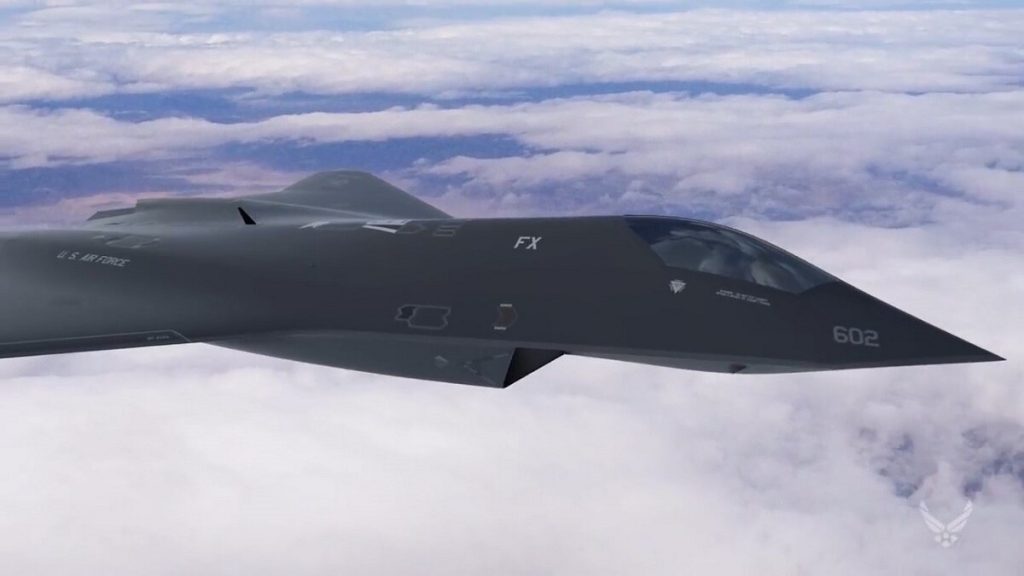USAF acquisition chief announces NGAD, calls for disruptive agility, new digital paradigm

Addressing the Air Force Association’s 2020 Virtual Air, Space and Cyber conference, Sept. 15, Dr Will Roper, Assistant Secretary of the Air Force for Acquisition, Technology and Logistics, heralded the need for acquisition agility through digital engineering to disrupt the nation’s adversaries.
He had earlier announced the first flight of a previously secret full-scale demonstrator – not a prototype – for the service’s Next-Generation Air Dominance (NGAD) system. The demonstrator was designed, built and flown in ‘record time’, said Dr Roper who has called for disruptive agility in every aspect of design, testing and acquisition in order to remain competitive in an ever-innovating global security environment.
“If you look at the world in which we live today, we must be agile,” Roper said. “There are too many possible futures for us to pick one and build a force that’s geared to defeat it.”
With the US’s Air and Space Forces leaders making it clear that change must accelerate in order to win, Roper explained that acquisitions must also evolve, so the services can be ready for whatever comes their way – artificial intelligence, drones, gene editing or human augmentation.
According to the Congressional Research Service (CRS), the emergent USAF leaders’ vision “could result in firms specializing in design that pass their designs to high-tech manufacturing centers capable of producing anything sent to them in digital form, rather than maintaining dedicated airplane factories. Companies with global logistics chains could be tasked with the sustainment mission. This reallocation of roles could open Air Force programs to firms that are not traditional military aviation primes.
“This concept complements the Air Force’s other goal, to move from long programs to short runs of different aircraft, theoretically made possible and economical by flexible production lines. This might lower sustainment costs because they would be replaced by newer designs rather than being kept in service for long periods.”
“There’s no telling what the future can hold,” Dr Roper said to the Air Force Association. “We have to do our part in acquisition and that means being able to develop war-winning systems at a pace that today’s technology, trends and threats require.”
“The more amazing commercial technology becomes, the more amazing our military technology is going to have to be to overcome the advantages that are available to all,” he said. “The last area that we have to have strategic agility is in being able to computerize or virtualize everything about our development and production, assembly, even sustainment of systems, so that we can finally get past the tyranny of the real world and take learning and feedback into the digital one.”
Pointing to one critical technology enabler, Dr Roper said, “Digital engineering isn’t a fluke. It is our future. This is how we provide our forces the capabilities they’ll need to win on the unpredictable, rapidly evolving innovation battlefield in this century by fundamentally changing how we build and acquire systems and with whom we build them, so that no matter what our adversaries do in the future, we will have the agility to overmatch and win. Then we will innovate faster, we will adapt quicker and ultimately stay ahead to disrupt and win.”
According to the CRS, the NGAD budget is around US$9 billion between 2019 and 2025, with US$1 billion earmarked for 2021.
